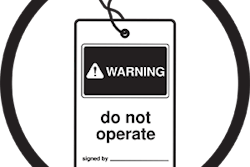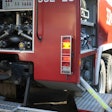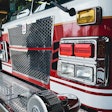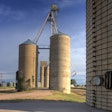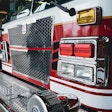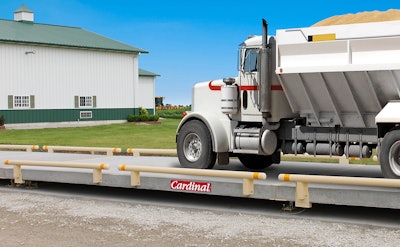
A backover incident occurs when a backing vehicle strikes a worker who is standing, walking, or kneeling behind the vehicle.
Spotters are often used to direct the movement of vehicles (trucks, loaders, cranes, etc.) when vision is obstructed.
The following safe practices are recommended when using a spotter:
- Spotters should coordinate hand signals with the vehicle operator. Ensure that hand signals and their meaning are well understood.
- Drivers should remain in visual contact with the spotter and stop the vehicle when visual contact is lost. Vehicle movement may resume once visual contact is reestablished. Spotters should stay out of the vehicle’s blind spots. The image below provides an example of the blind spots and areas of minor visibility for a medium-sized dump truck.
- Spotters should not stand between moving vehicles and fixed objects such as walls, equipment, etc.
- Spotter should not perform any additional duties that would redirect attention away from vehicle movement.
- Spotters should avoid using distracting items such as cell phones or headphones.
- Spotters should wear high-visibility gear, especially when working in poorly lit areas and during lowlight hours.
- Spotters should avoid walking backwards. Should the spotter trip while walking backwards it may place them in a dangerous or deadly situation. Consider standing just beyond where the vehicle will stop backing up or moving forward. If the vehicle is changing directions consider moving to the point of the direction change and repositioning as needed.
- Spotters should stay out of the operating areas unless the get physical confirmation or permission from the vehicle operator.
- Spotters should use hands-free radios when possible.
Sources: www.osha.gov, “Preventing Backovers” (2017, December 19). Retrieved from safetyandhealthmagazine.com.
Fore more information, contact Safety Made Simple at 944-8SAFETY or safetymadesimple.com.


